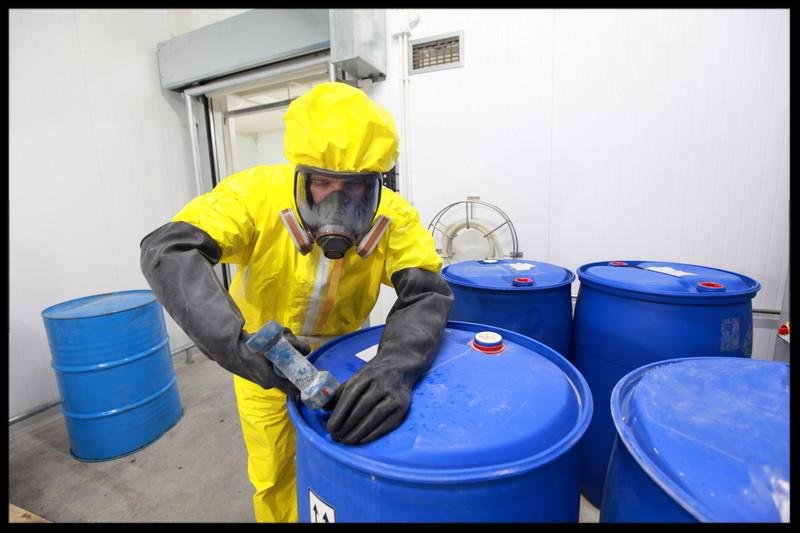Occupational cancer Risks
3 min readCancer is caused by exposure to harmful materials and certain types of radiation. Workers in some jobs are at more risk of being exposed to these cancer-causing agents. It’s the responsibility of both employers and workers to make sure everyone stays safe.

The risks
At the worksite workers can be exposed to carcinogenic material through:
- Inhalation
- Absorption through the skin
- Ingestion
Workers and family members can also be exposed through “take home” exposure. Workers who work with carcinogenic material should always change into their street clothes before leaving work. Bringing home your work clothes can also bring carcinogenic materials into your home.In many cases, certain types of cancer(s) are associated with specific occupations or carcinogens. The table below lists some of the carcinogens, the cancers they cause, and the occupations in which workers are most commonly exposed.
Occupation Hazardous material or agent Cancer types Agriculture workers Diesel engine exhaust Lung Pesticides Lung Other organ Solar radiation Skin Building maintenance workers Asbestos Lung Mesothelioma Silica Lung Construction workers
(residential, industrial, commercial)Asbestos Lung Mesothelioma Ionizing radiation Lung Skin Silica Lung Wood dust Nasal Electricians Asbestos Lung Mesothelioma PCBs Liver Other organ Furniture and cabinet makers Formaldehyde Pharynx & nasopharynx Wood dust Nasal Healthcare workers Formaldehyde Pharynx & nasopharynx Hepatitis C Liver Mechanics Asbestos Lung Mesothelioma Diesel engine exhaust Lung Metalworkers Asbestos Lung Mesothelioma Oil & gas workers Diesel engine exhaust Lung Silica Lung Painters Lead, solvents Lung Other organ Pest control workers Arsenic Liver Skin Other organ Pesticides Lung Other organ Plumbers Asbestos Lung Mesothelioma Pulp & paper mill
and wood products
manufacturing workersAsbestos Lung Mesothelioma Formaldehyde Pharynx & nasopharynx Road construction workers Diesel engine exhaust Lung Silica Lung Solar radiation Skin Roofers Asbestos Lung Mesothelioma Silica Lung Solar radiation Skin How to reduce the risks
If workers could be exposed to airborne hazards in the workplace, the employer must develop and implement an exposure control plan (ECP). This plan must identify the workers at risk of exposure and the controls that are required to protect those workers. Exposure to carcinogens must be kept as low as reasonably achievable. The controls will be unique to each worksite and work environment. When choosing risk controls, consider the following questions. These are grouped according to type of control. The types of control are listed here in order of effectiveness.
Steps to reduce the risk
This involves eliminating the hazard by substituting a safer process or material, where possible. It is the most effective control. Some questions to consider:
- Can a less hazardous material be used?
- Can a different process be used that generates less of the hazardous substance?
This type of control involves making physical modifications to control the hazard or reduce exposure. Some questions to consider:
- Can local exhaust ventilation be used to reduce worker exposure?
- Can the process be isolated so workers are not exposed to the hazard?
This type of control involves changing work practices and policies. Awareness tools and training also count as administrative controls. Some questions to consider:
- Have workers been trained on the health effects of exposure to the hazards?
- Are written safe work procedures available?
- Is there an effective personal hygiene program for workers?
This is the least effective type of control. When used, there must always be at least one other control in place as well. Some questions to consider:
- Are workers using respirators as required by the exposure control plan?
- Are workers using protective clothing as required by the exposure control plan?



